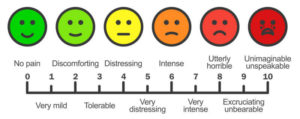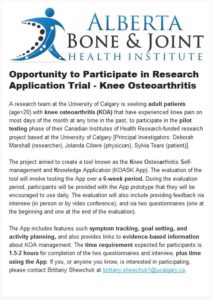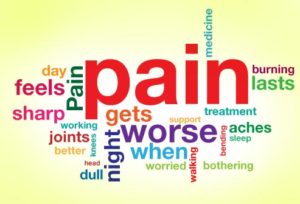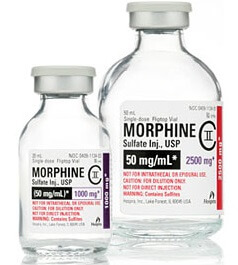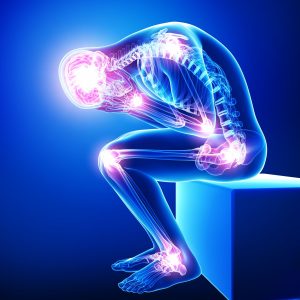If you or someone you know has been affected by pain, here is something you may find of interest.
A group of Albertans is developing the Alberta Pain Strategy. The purpose of the strategy is to:
- Outline a coordinated, provincial approach to addressing the complex issue of pain, starting with priorities;
- Capture the considerable amount of work already underway across the province related to pain and the use of opioids within a single strategy document;
- Build on successes and identify and focus on the remaining gaps.
To this end, the Alberta Pain Strategy team is seeking your thoughts, feedback and input. Please take a few minutes to read this short document and complete the online survey found here. The survey will be available until September 17, 2018.

